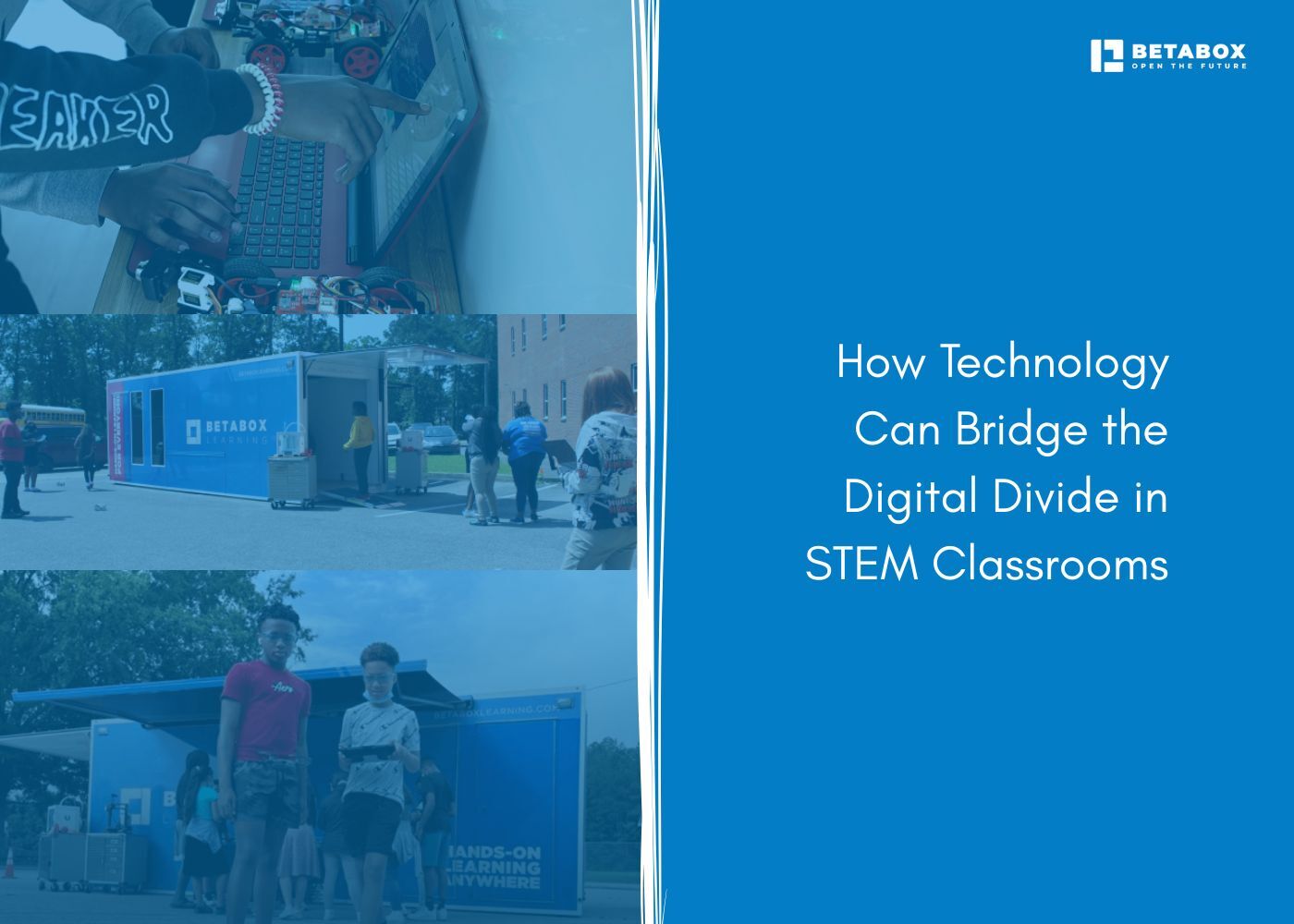
The digital divide refers to the gap between students who have reliable access to technology and those who don't. This disparity shows up in three ways: device access, internet connectivity, and digital skills development.
For STEM education, the stakes are particularly high. Students without consistent technology access miss opportunities to explore coding, run simulations, access online labs, or build digital portfolios. These experiences shape whether young people see themselves in technology careers.
Geography plays a significant role. Rural districts often lack the infrastructure that urban schools take for granted, while low-income communities face affordability barriers that keep devices and broadband out of reach.
STEM fields increasingly require digital fluency. Students need to manipulate data, collaborate on virtual platforms, and use industry-standard tools. When some students lack basic access, they enter higher education and the workforce at a disadvantage.
Technology also enables personalized learning paths. Adaptive platforms can meet students where they are, while interactive simulations make abstract concepts tangible. But these benefits only reach students who can log on.
Students in under-resourced schools face compounding challenges. They may share outdated devices, lose instructional time to technical problems, or skip assignments that require internet access at home. Over time, these small gaps widen into significant learning losses.
The impact extends beyond academics. When students can't participate in technology-driven STEM activities, they miss the spark moments that build confidence and interest in technical fields.
Many rural areas lack reliable broadband infrastructure. Even when connectivity exists, bandwidth may be insufficient for video-heavy STEM content or multiple simultaneous users. Aging school buildings may need extensive wiring upgrades before they can support modern technology demands.
Purchasing devices, maintaining networks, and licensing software create ongoing costs. Districts serving low-income communities often face the hardest funding challenges, creating a cycle where the schools that need technology most can afford it least.
Access to devices means little if students lack the skills to use them effectively. Digital literacy requires explicit instruction in everything from basic navigation to evaluating online sources and protecting privacy.
Educators need training to integrate technology meaningfully into STEM instruction. Without professional development, even well-equipped classrooms may default to traditional teaching methods.
Schools that can't afford one-to-one device programs are exploring alternatives. Mobile tech labs bring equipment directly to classrooms on rotating schedules. Checkout systems let students borrow devices for specific projects. Some districts partner with libraries to extend access beyond school hours.
Betabox's Onsite Field Trips demonstrate one approach: bringing fully-equipped mobile learning environments to school parking lots. This model eliminates the need for schools to purchase and maintain expensive equipment while still delivering hands-on STEM experiences.
Schools are partnering with local governments, internet providers, and community organizations to expand Wi-Fi access. Some districts install outdoor access points that let students connect from parking lots. Others negotiate discounted home internet rates for families in need.
Not every STEM lesson requires cutting-edge technology. Hands-on projects using physical materials can teach engineering design, systems thinking, and problem-solving. When schools do use technology, they can choose tools that work on older devices or function offline.
This approach makes STEM accessible even in low-connectivity environments. Students still build relevant skills without requiring high-bandwidth tools.
Many districts now loan devices to students who lack home access. Bring-your-own-device (BYOD) policies can supplement school-owned equipment, though these must be implemented carefully to avoid deepening inequities between students who own premium devices and those with older models.
One-time training sessions rarely translate to classroom practice. Effective professional development includes ongoing coaching, peer collaboration time, and opportunities to practice with new tools before rolling them out to students.
Betabox's Onsite Workshops offer one model for sustained support, bringing professional development directly to districts and helping educators integrate hands-on learning into their existing curriculum.
The most effective technology training emphasizes teaching strategies rather than tool features. Teachers need to understand how technology can facilitate project-based learning, differentiation, and real-world problem-solving in STEM contexts.
When educators see technology as a means to better pedagogy rather than an end in itself, integration becomes more purposeful and sustainable.
Industry partners increasingly recognize that their talent pipelines depend on strong K-12 STEM education. Many companies fund technology initiatives, provide equipment donations, or sponsor programs that bring STEM experiences to underserved communities.
These partnerships work best when they align with school needs rather than pushing specific products. The goal should be building capacity that persists after the partnership ends.
Multiple funding streams support educational technology and STEM programs. Title I, Title IV, and E-Rate programs can help schools purchase devices, improve connectivity, and fund STEM initiatives. Grant programs from the National Science Foundation and Department of Education target equity-focused technology projects.
Navigating these funding sources requires time and expertise that many under-resourced districts lack. Working with organizations that understand funding landscapes can help schools access resources they might otherwise miss.
Digital equity doesn't mean every student owns the latest device. It means all students can access the technology tools they need, when they need them, with the skills and support to use them effectively.
Successful programs share common elements: reliable infrastructure, trained educators, relevant curriculum, and sustainable funding. They also recognize that technology serves learning goals rather than replacing good teaching.
Schools making progress on digital equity report stronger student engagement in STEM, increased participation from underrepresented groups, and graduates better prepared for technology-enabled careers.
Closing the digital divide requires sustained commitment from schools, policymakers, and community partners. The challenge is significant, but the cost of inaction is higher. Every student who misses out on quality STEM education because of technology access represents lost potential.
Schools ready to strengthen STEM programs while addressing equity gaps can start by assessing current access levels, identifying specific barriers, and seeking partners who share their commitment to serving all students.
Start your application to explore funding options and implementation support designed for districts working to close opportunity gaps.
The digital divide in STEM education describes unequal access to technology tools, reliable internet, and digital literacy training. It creates barriers that prevent some students from engaging with modern STEM learning experiences and developing the technical skills required for future careers.
Technology enables access to simulations, data analysis tools, and collaborative platforms that make abstract STEM concepts more concrete. It also allows for personalized learning paths and connects students to resources and mentors beyond their immediate geographic area. However, these benefits only reach students who have consistent, meaningful access.
The biggest challenges include funding for devices and connectivity, inadequate infrastructure (especially in rural areas), insufficient teacher training in technology integration, and ongoing technical support needs. Many schools also struggle to address the home access gap that affects students outside school hours.
Schools can embed digital literacy instruction directly into STEM coursework, provide structured opportunities to use technology tools in project-based contexts, and ensure equitable access so all students can build skills through practice. Partnering with programs that deliver hands-on STEM experiences also builds confidence and capability.
Teachers determine whether technology enhances or distracts from learning. Effective integration requires educators who understand both STEM pedagogy and how specific tools support learning goals. Professional development, planning time, and ongoing technical support help teachers use technology purposefully rather than superficially.


Ready to learn how Betabox resources can be implemented at your school or District?
Book a Blueprint Call

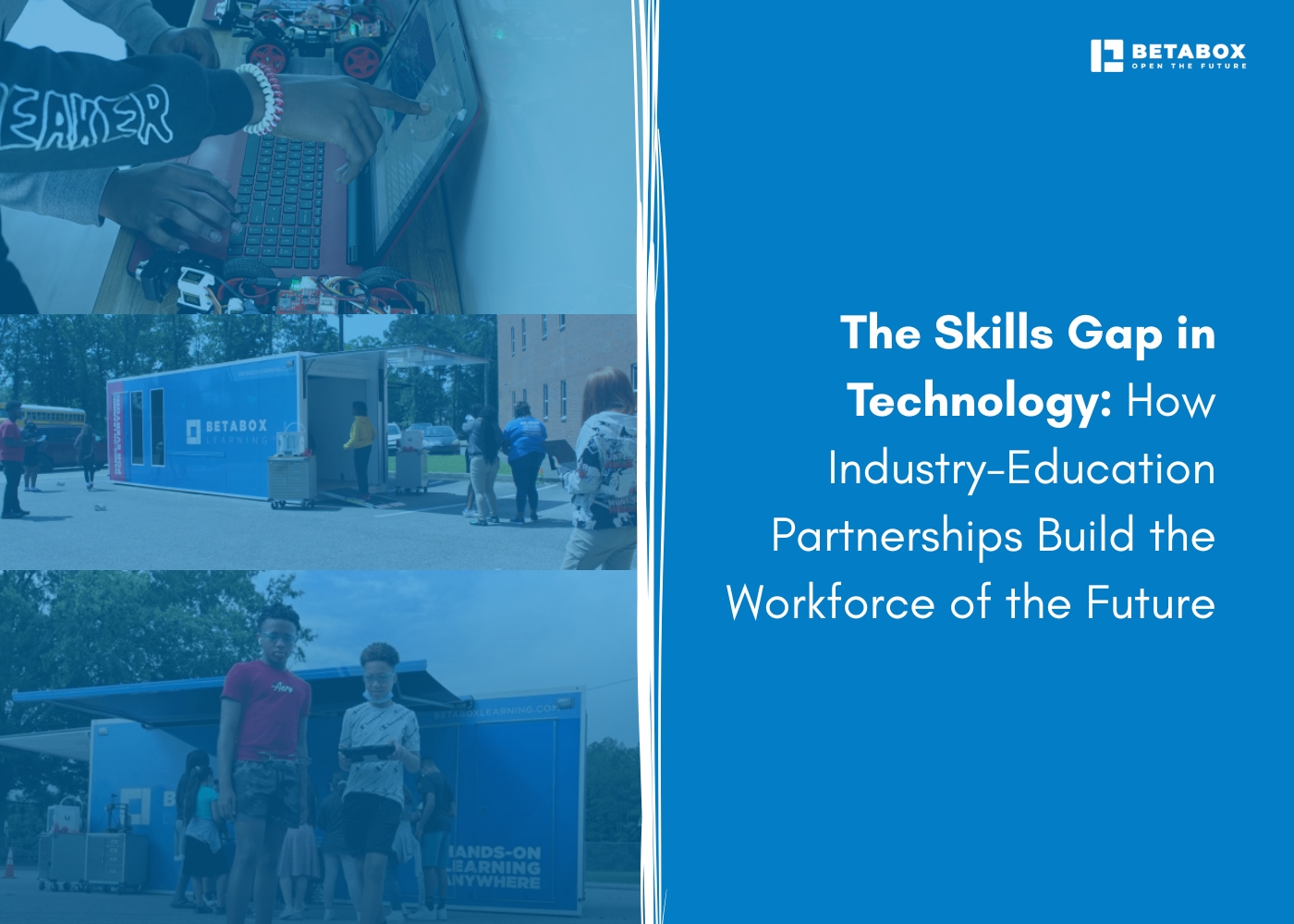

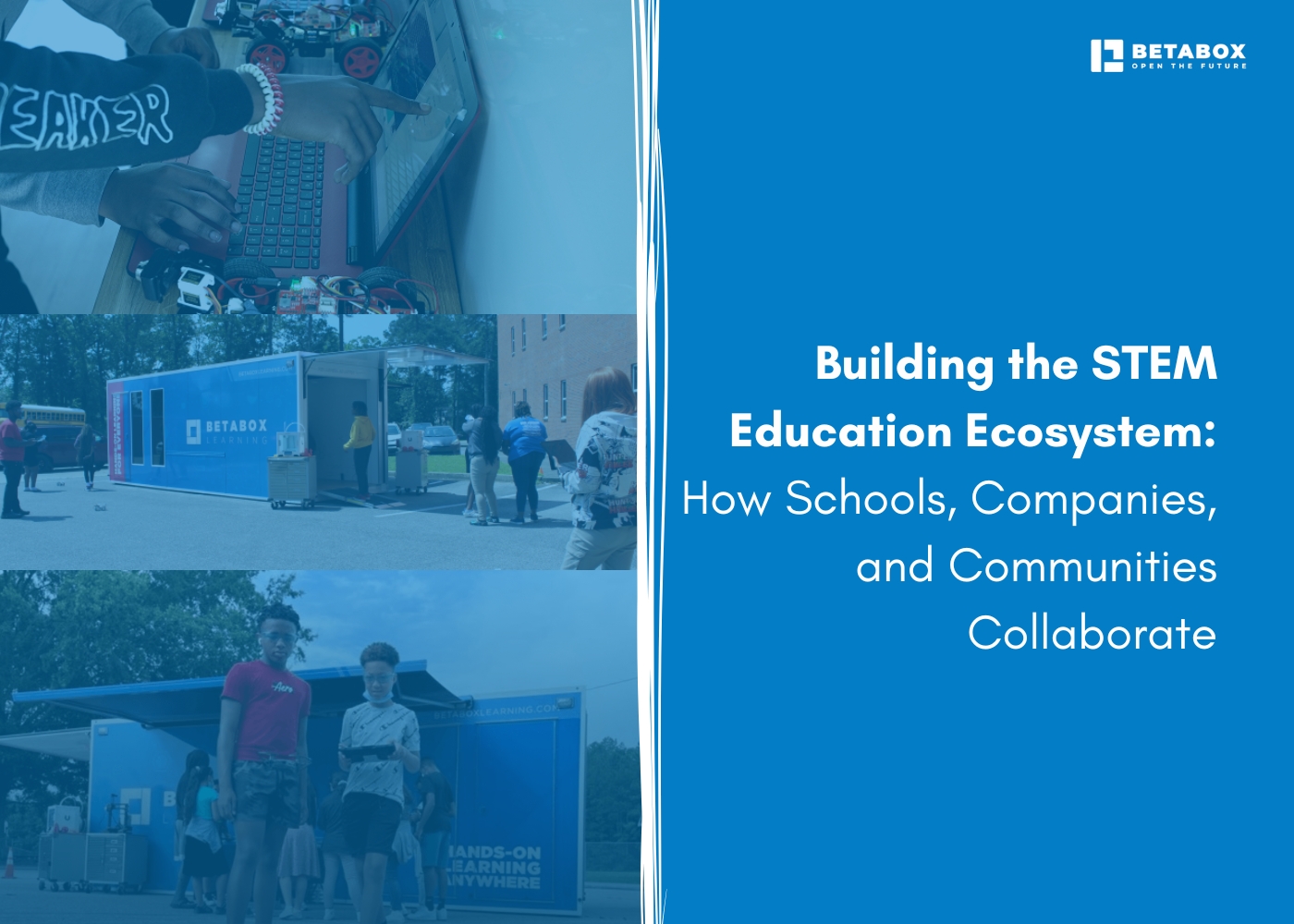

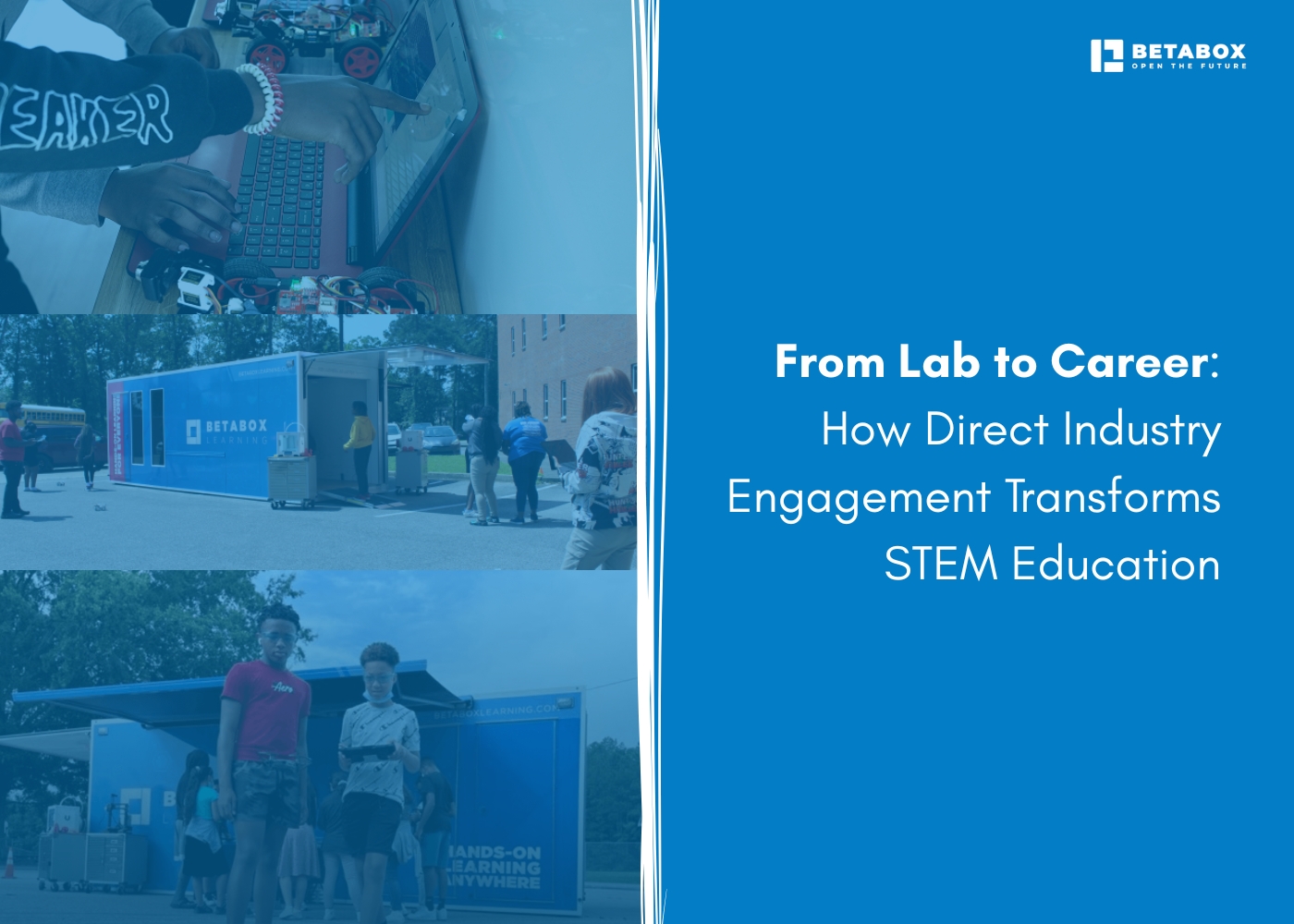

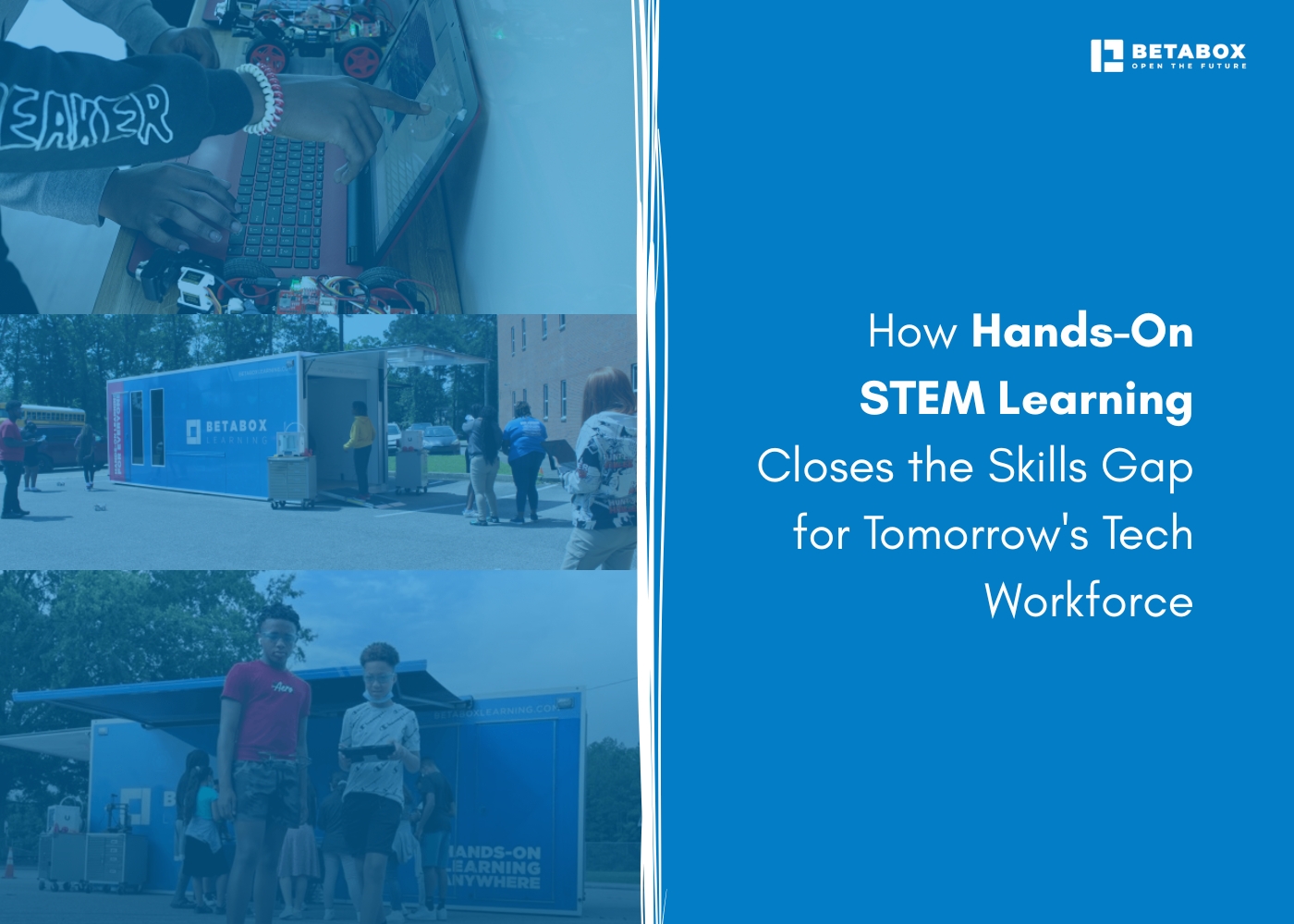

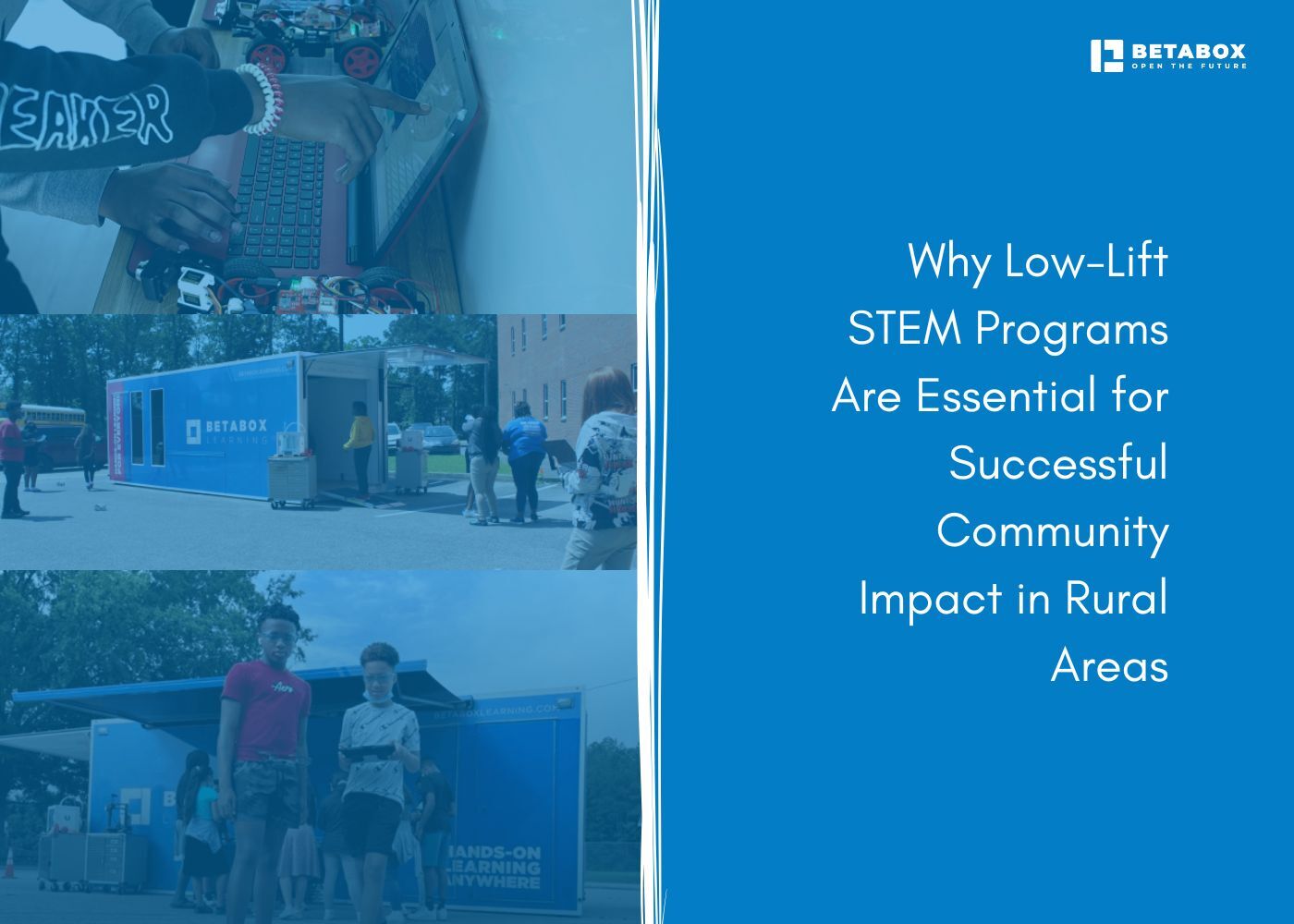

.jpg)

.jpg)

.jpg)

.jpg)







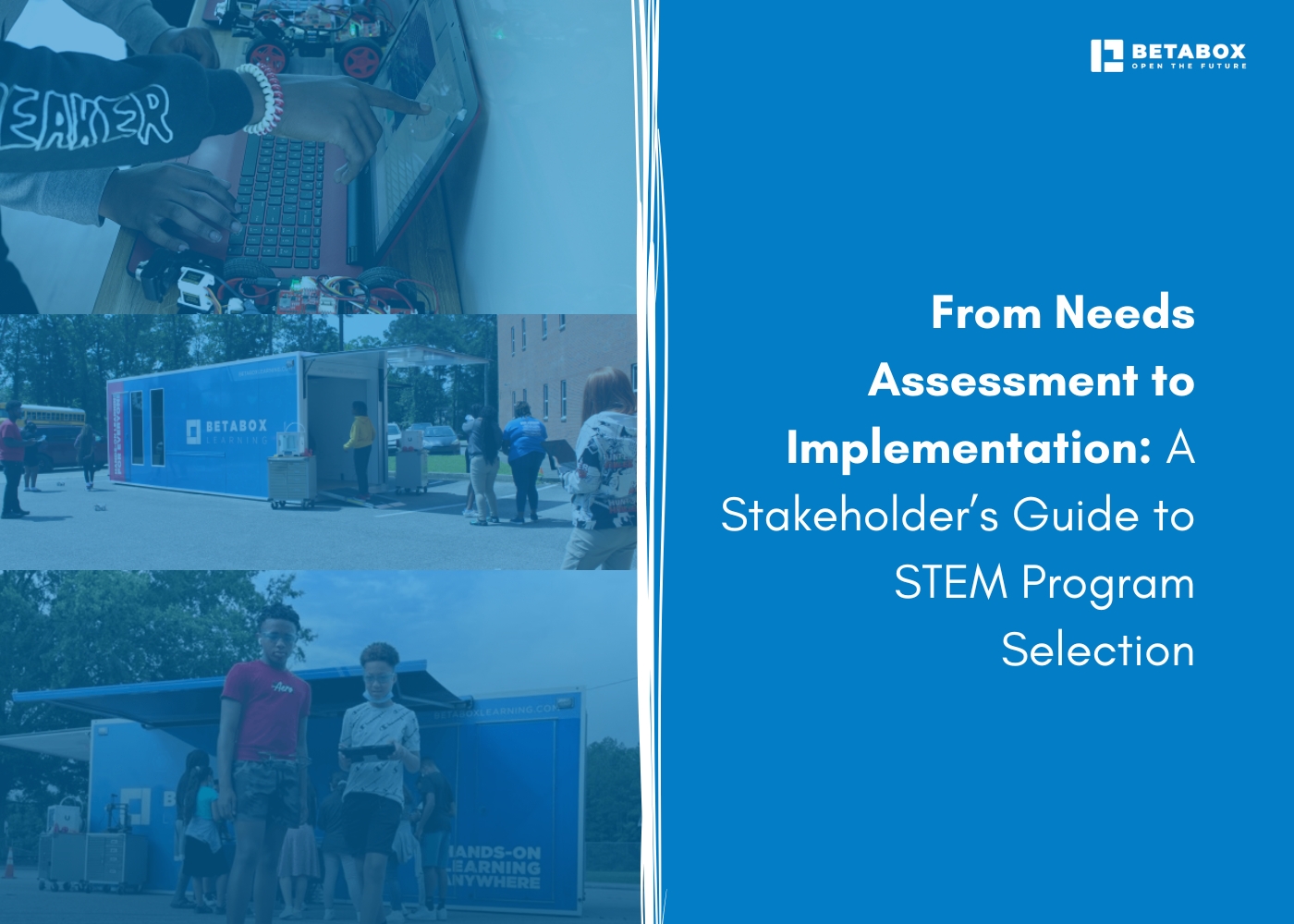

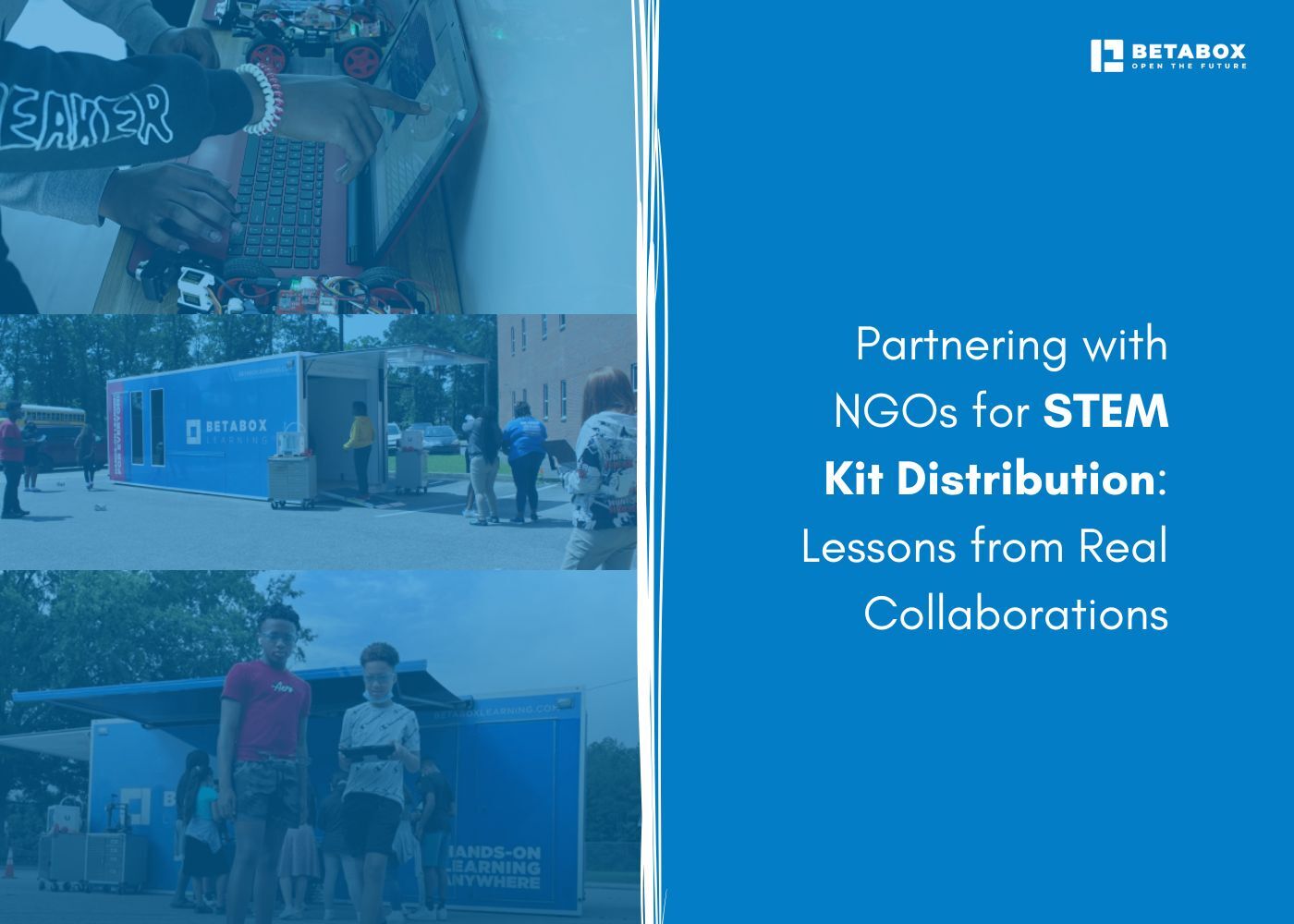

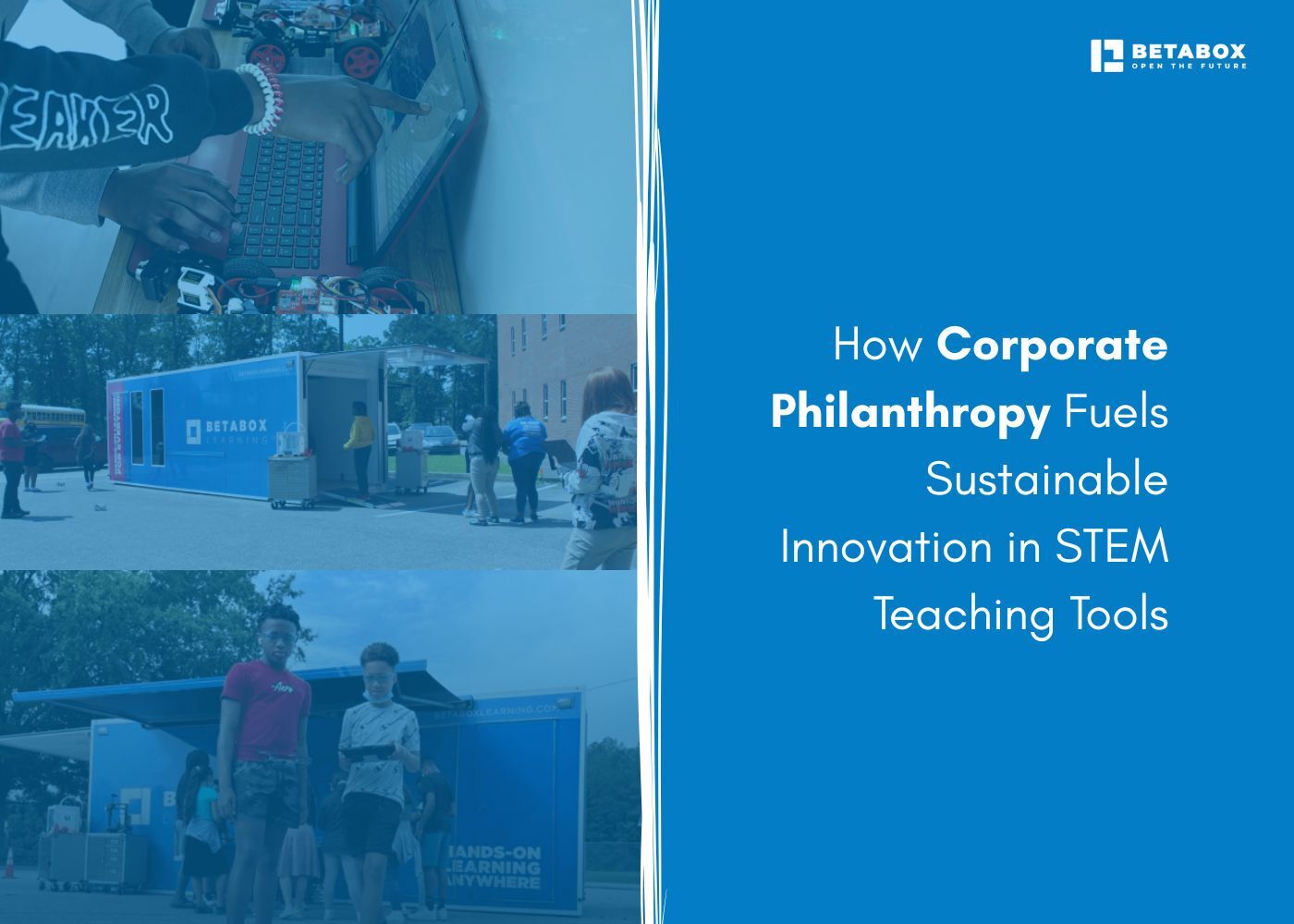

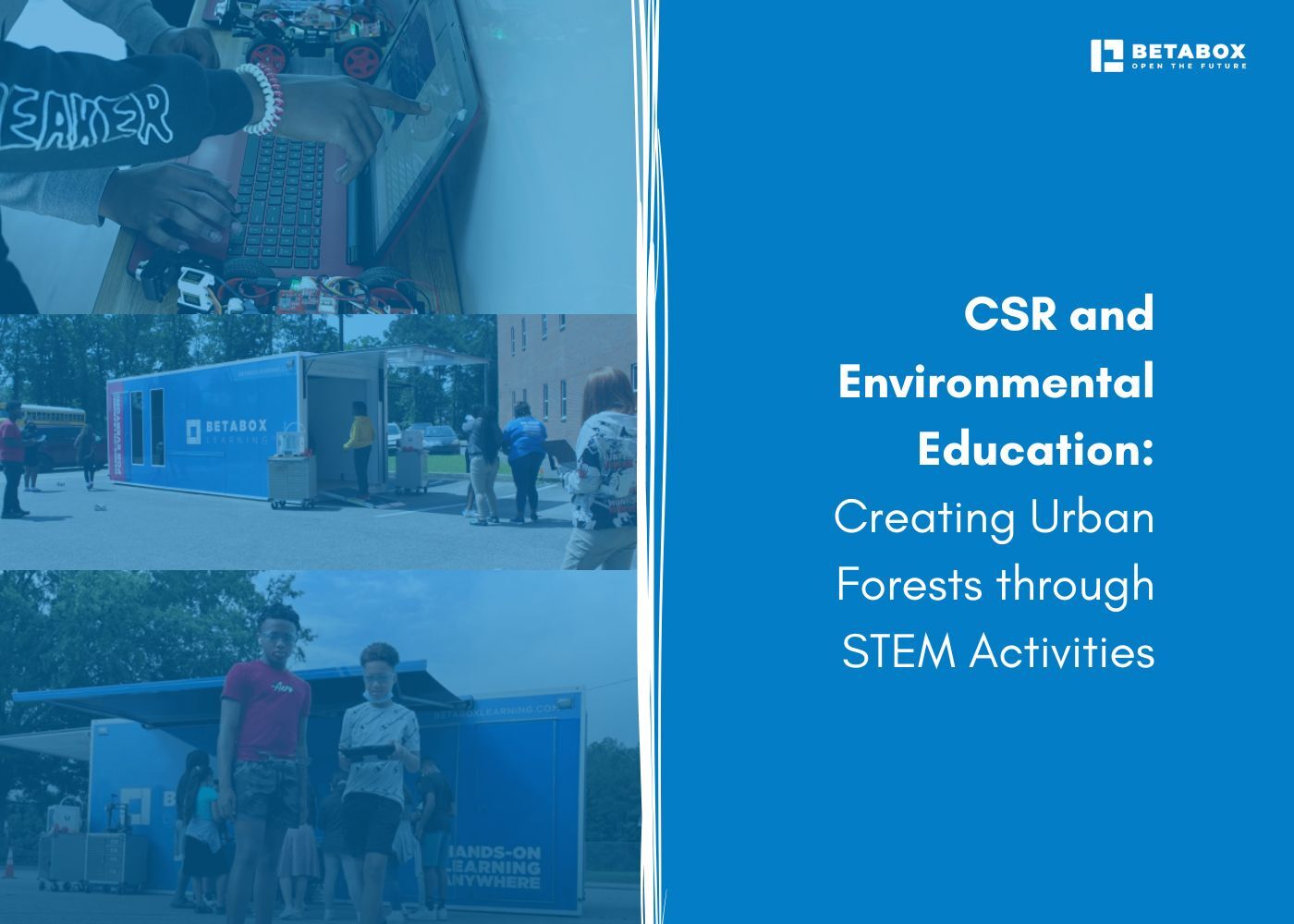

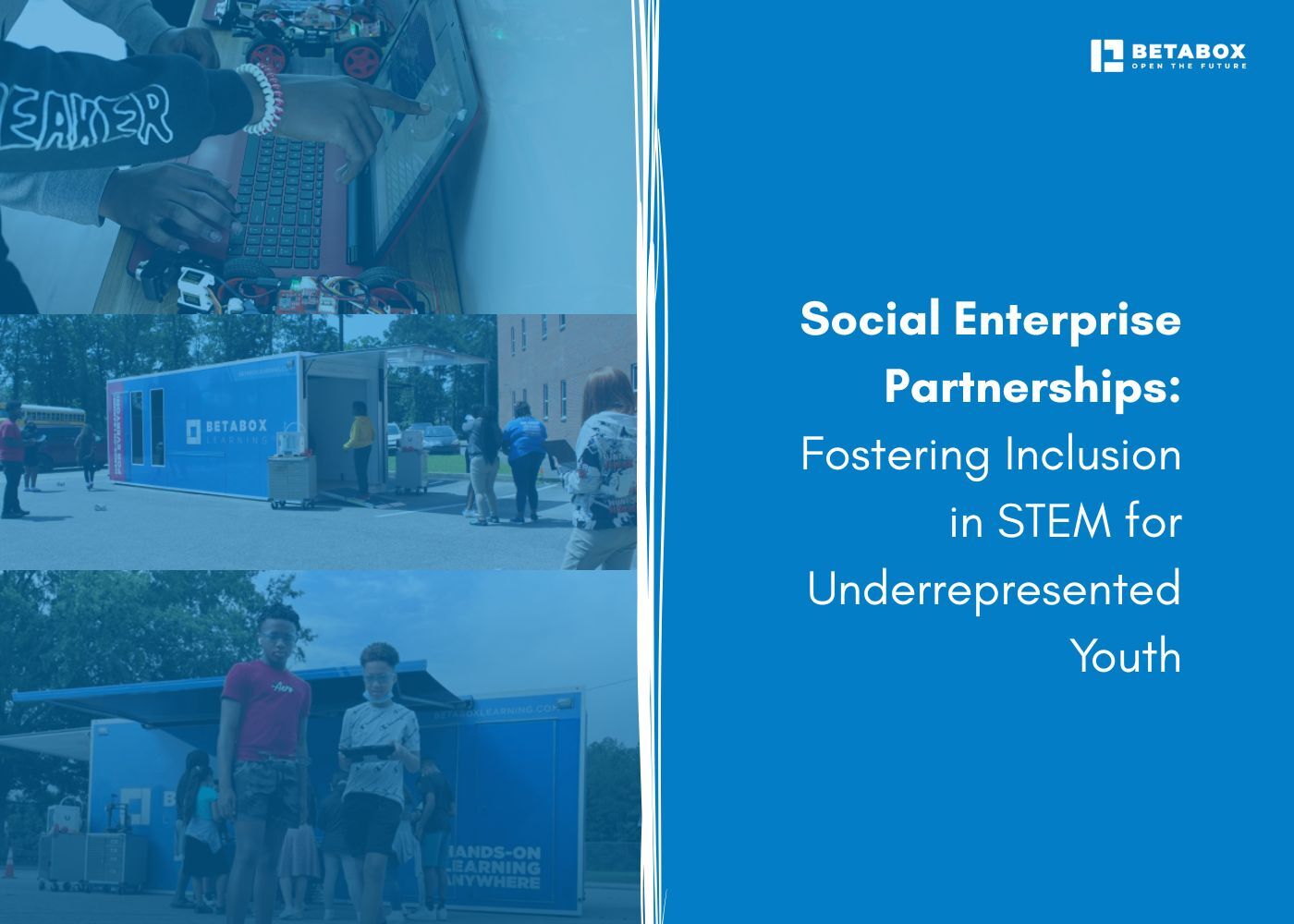

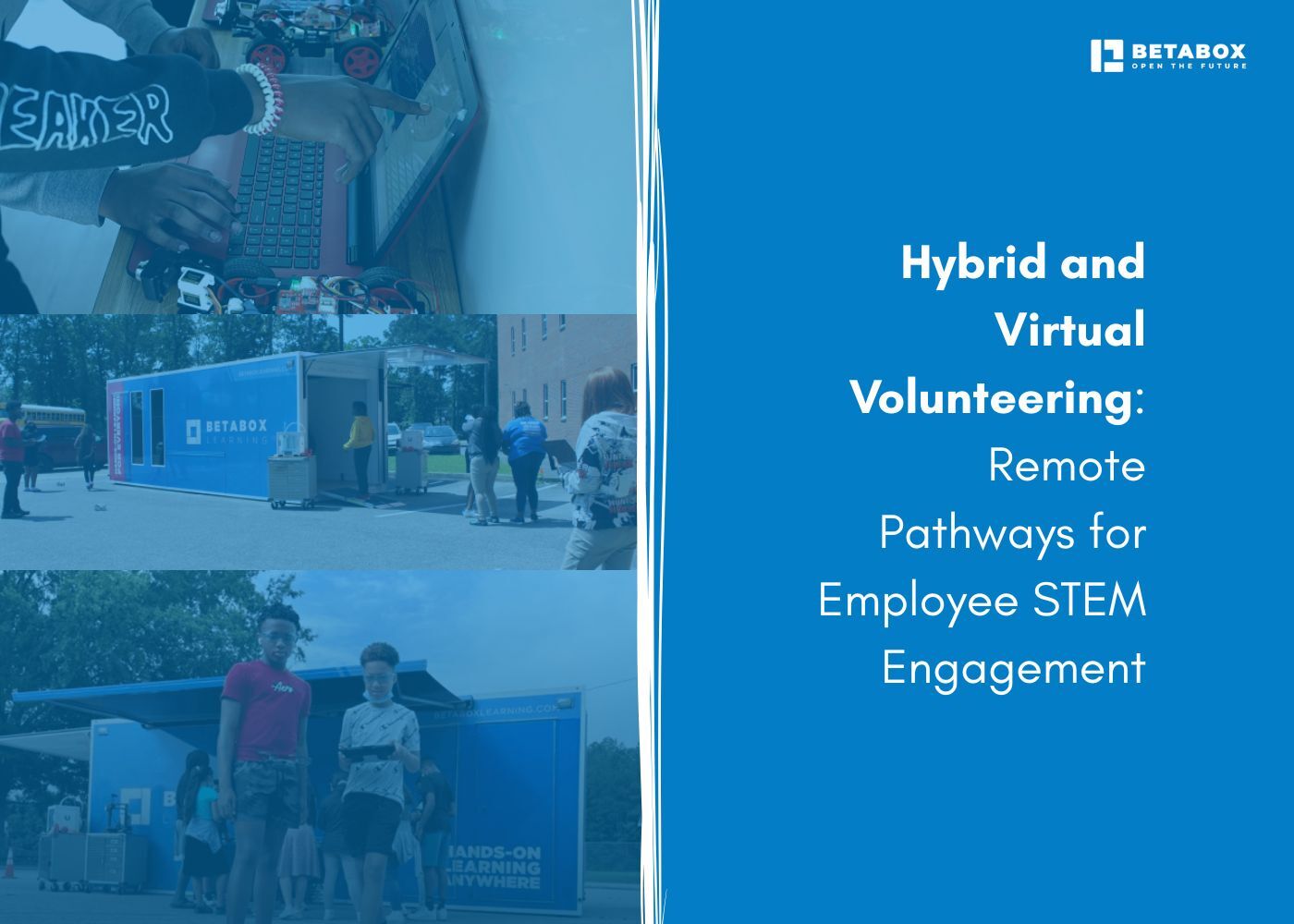

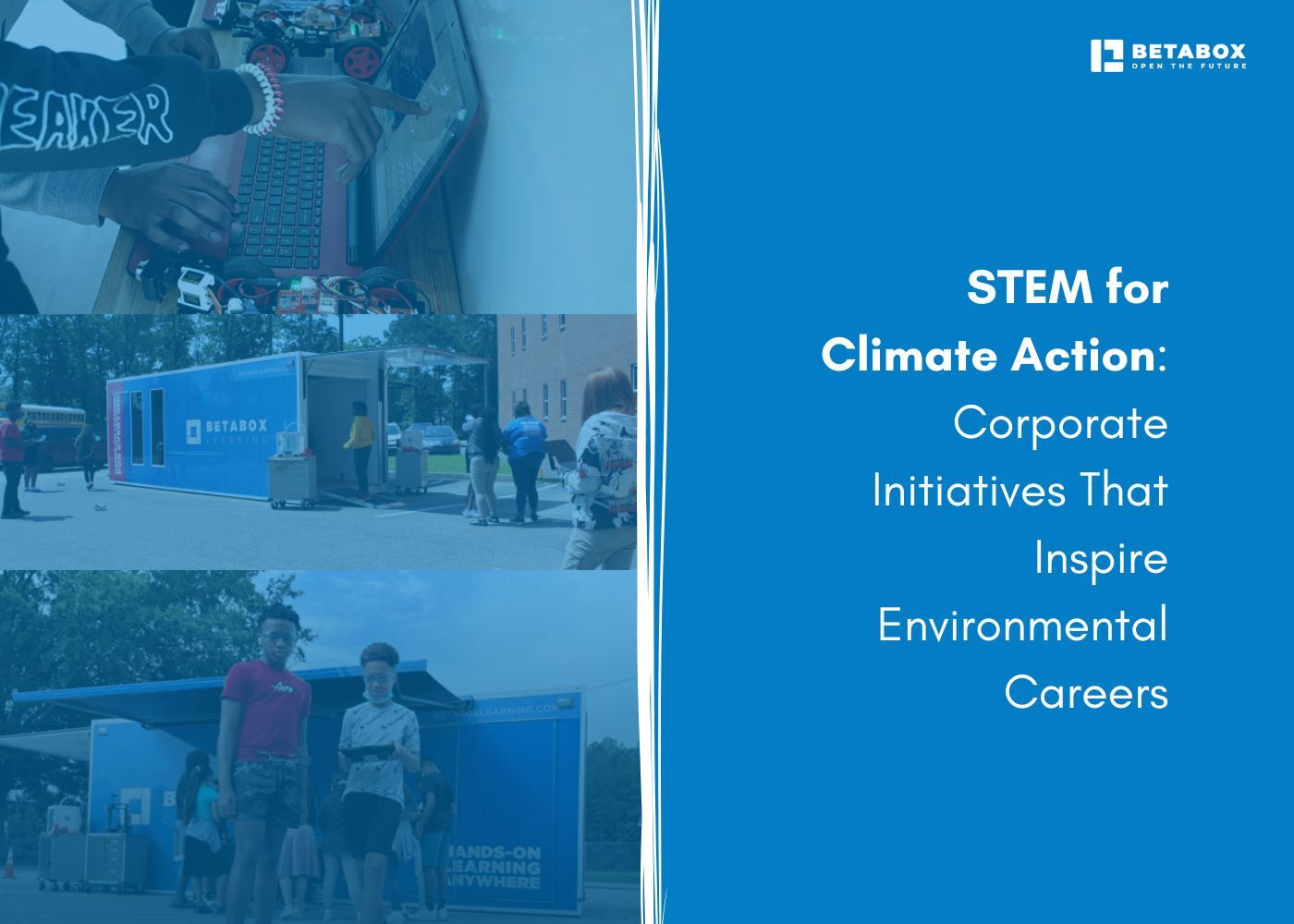



At Betabox Learning, we are passionate about making hands-on STEM curricula accessible to all students.

Join our newsletter to stay in the loop on all things Betabox and the future of STEM education.
By submitting your email address, you agree to our Privacy policy and Terms of Service. You can unsubscribe any time via the link in your email.
© 2025 Betabox. All Rights Reserved
